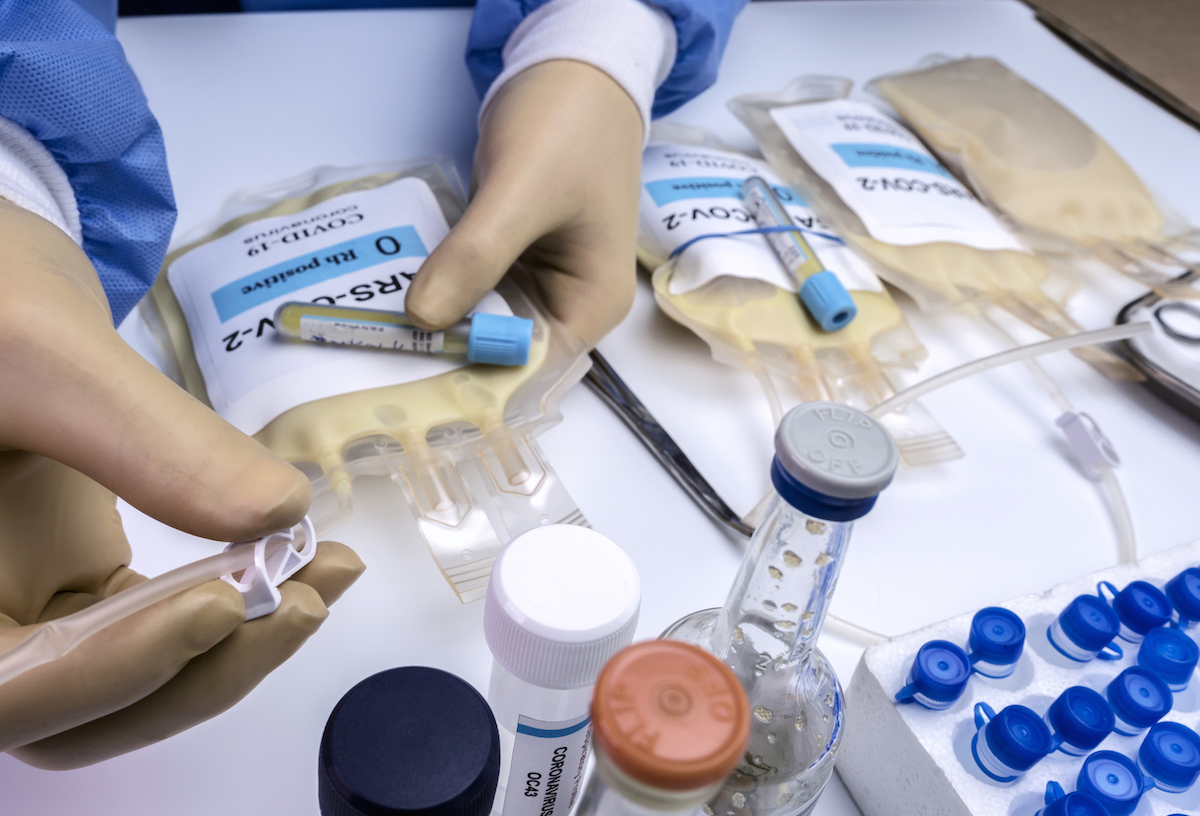<< Back
Why Blood Plasma From Recovered COVID Patients in High Demand

January 11, 2021
Early in the COVID-19 pandemic, doctors noted the benefits of infusing plasma from people who survived the virus into the veins of those battling it.
“I believe this is our best treatment option,” said Dr. Ajay Kumar, Hartford HealthCare’s chief clinical officer in April, when the system launched its convalescent plasma program.
Convalescent plasma is a blood product rich with antibodies created by the body’s robust immune response to the virus. The Food and Drug Administration issued emergency approval of convalescent plasma therapy in late August. Similar plasma therapies were supported during the SARS and Ebola outbreaks.
New research from Argentina, published recently in the New England Journal of Medicine, highlights the power of the plasma, especially in the more vulnerable population of older adults, when delivered within three days of the onset of COVID-19 symptoms.
The researchers looked at 80 people over the age of 65 who received convalescent plasma and found that the therapy decreased their risk of developing severe cases of COVID-19 by 48 percent compared with a similar-size group receiving saline. About half of the participants had underlying health conditions that heightened their vulnerability to severe disease.
A Chinese study conducted in the pandemic’s firsts wave indicated convalescent plasma therapy can help patients in just one dose.
“One dose with a high concentration of neutralizing antibodies can rapidly reduce the viral load and tends to improve clinical outcomes,” study authors wrote.
Anyone who has recovered from COVID-19 can donate plasma for use in sick patients. They must wait least 28 days after their symptoms have subsided or a test yields a negative result after 14 days.
Donating plasma is like donating blood and takes just a few minutes longer, or around one hour. Blood drawn from the arm is sent through a machine that collects the plasma out and returns red cells and platelets to the donor’s body. Plasma donations can be made every four weeks.
January is National Blood Donor Month and donating costs nothing. For information, click here.